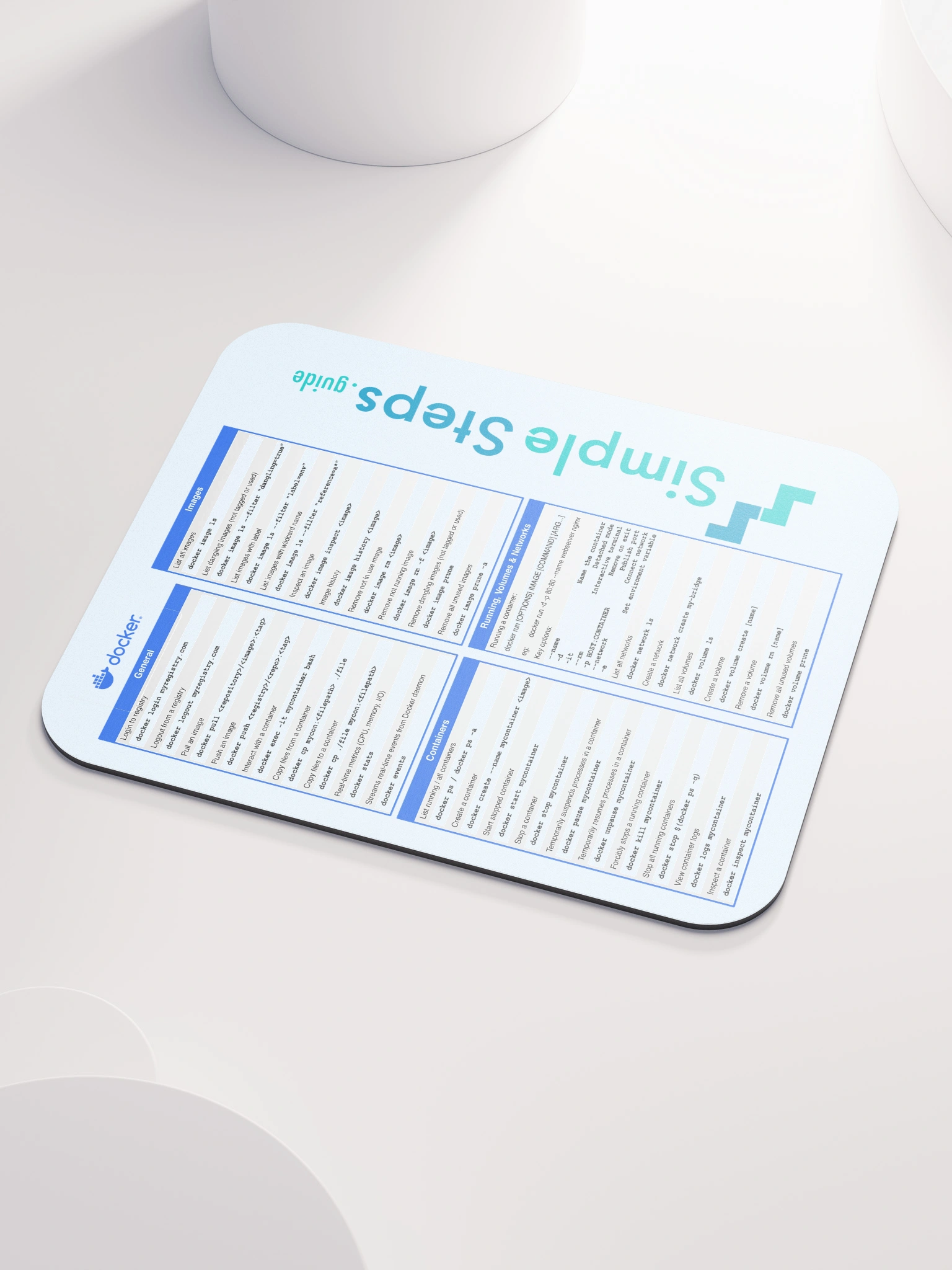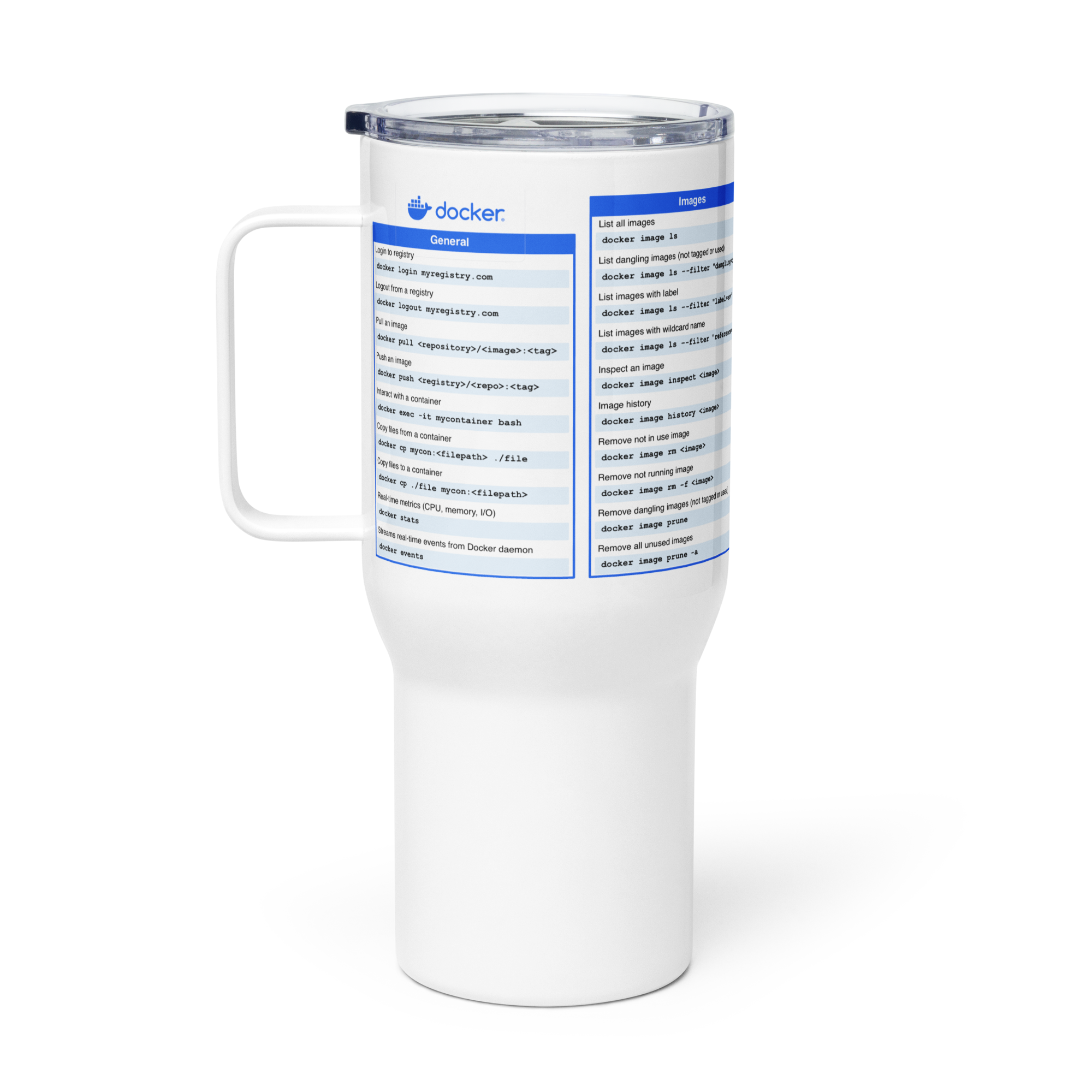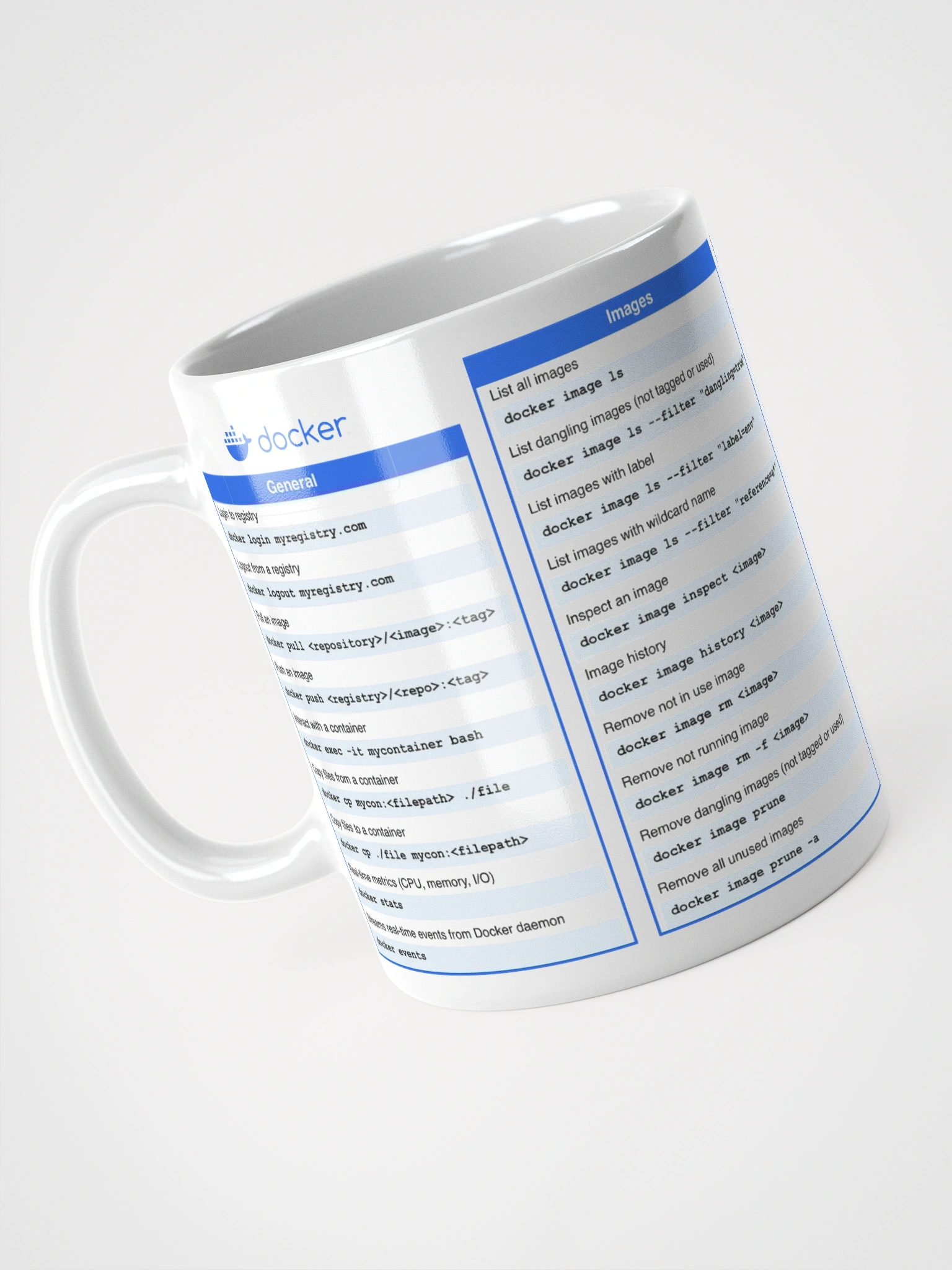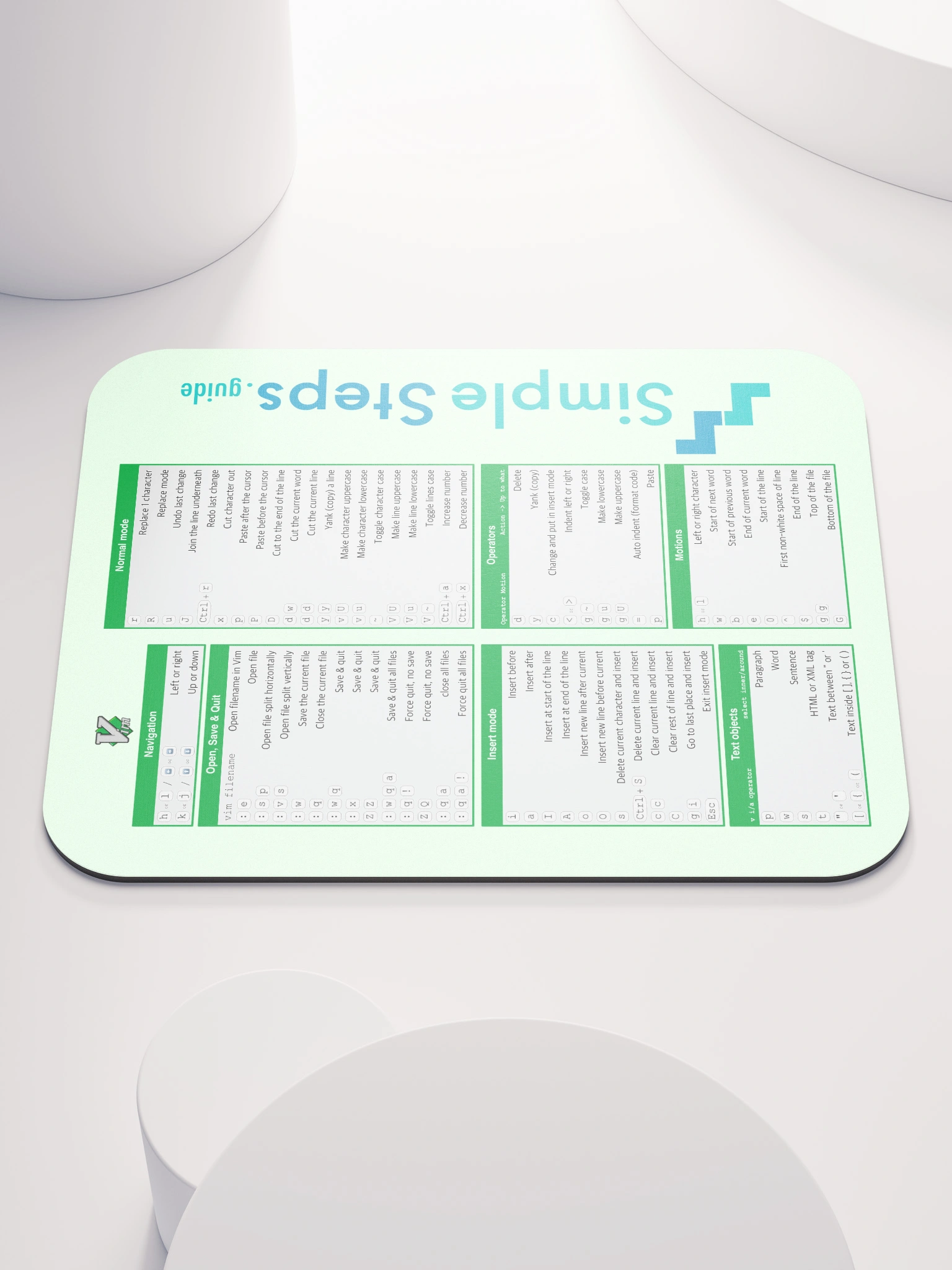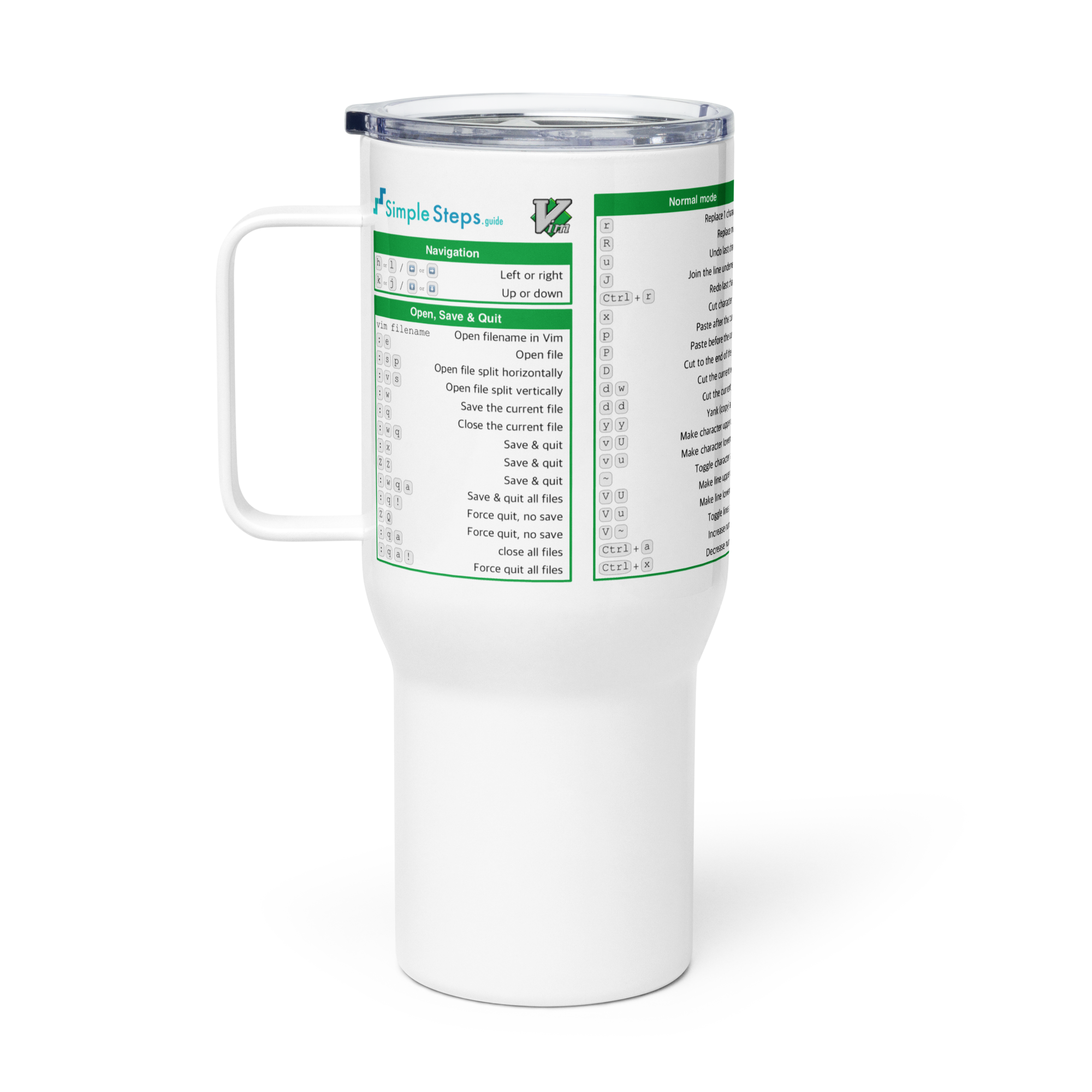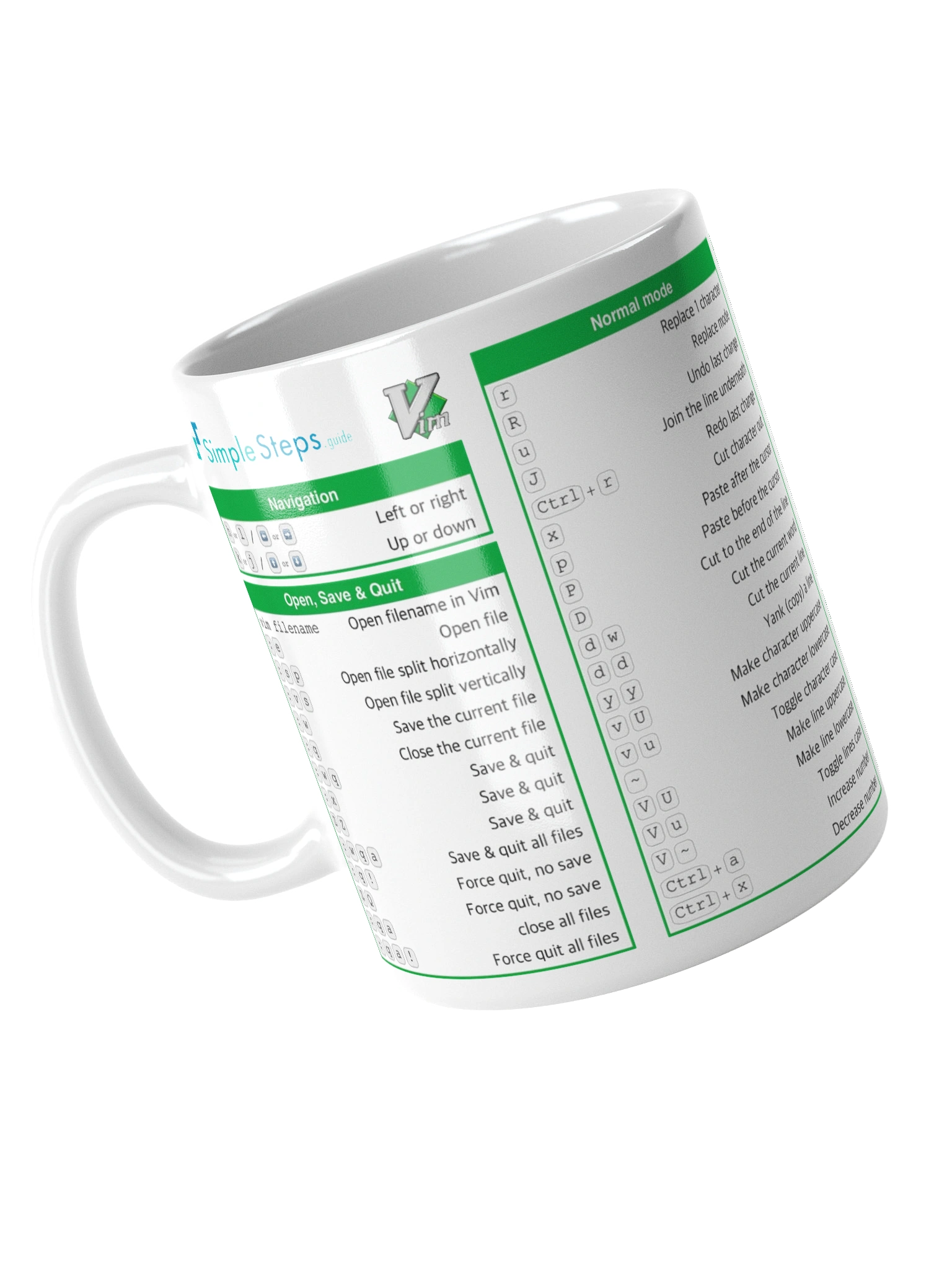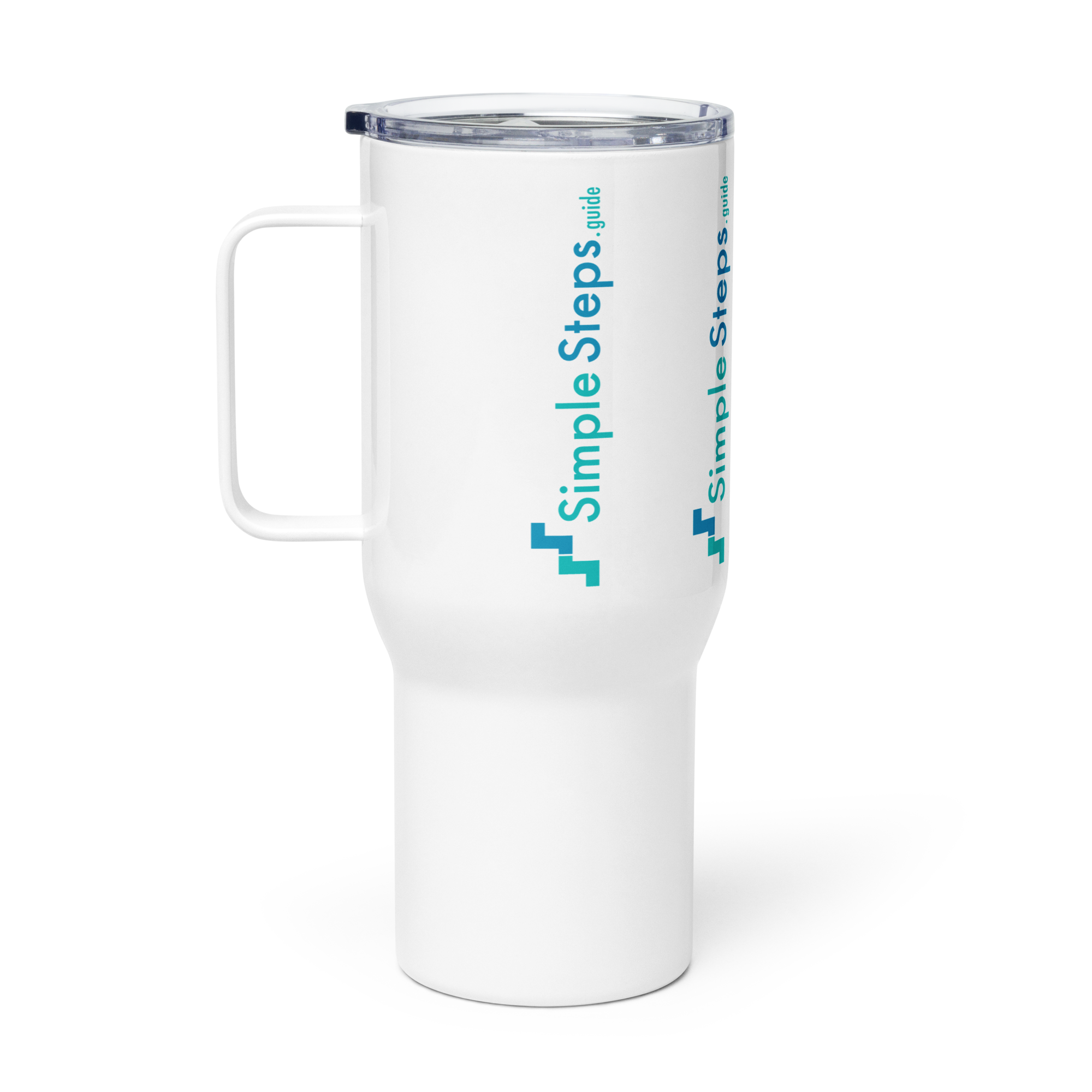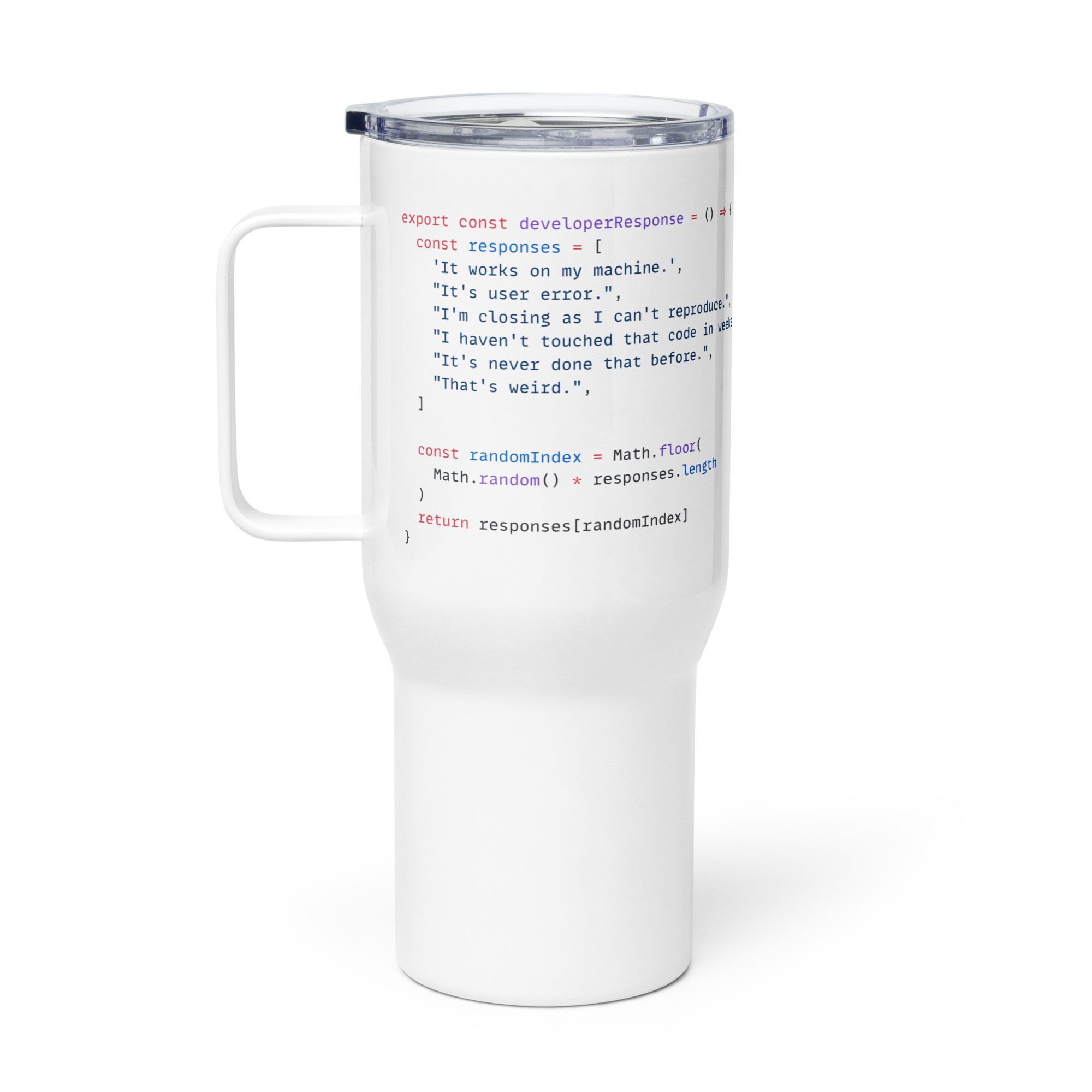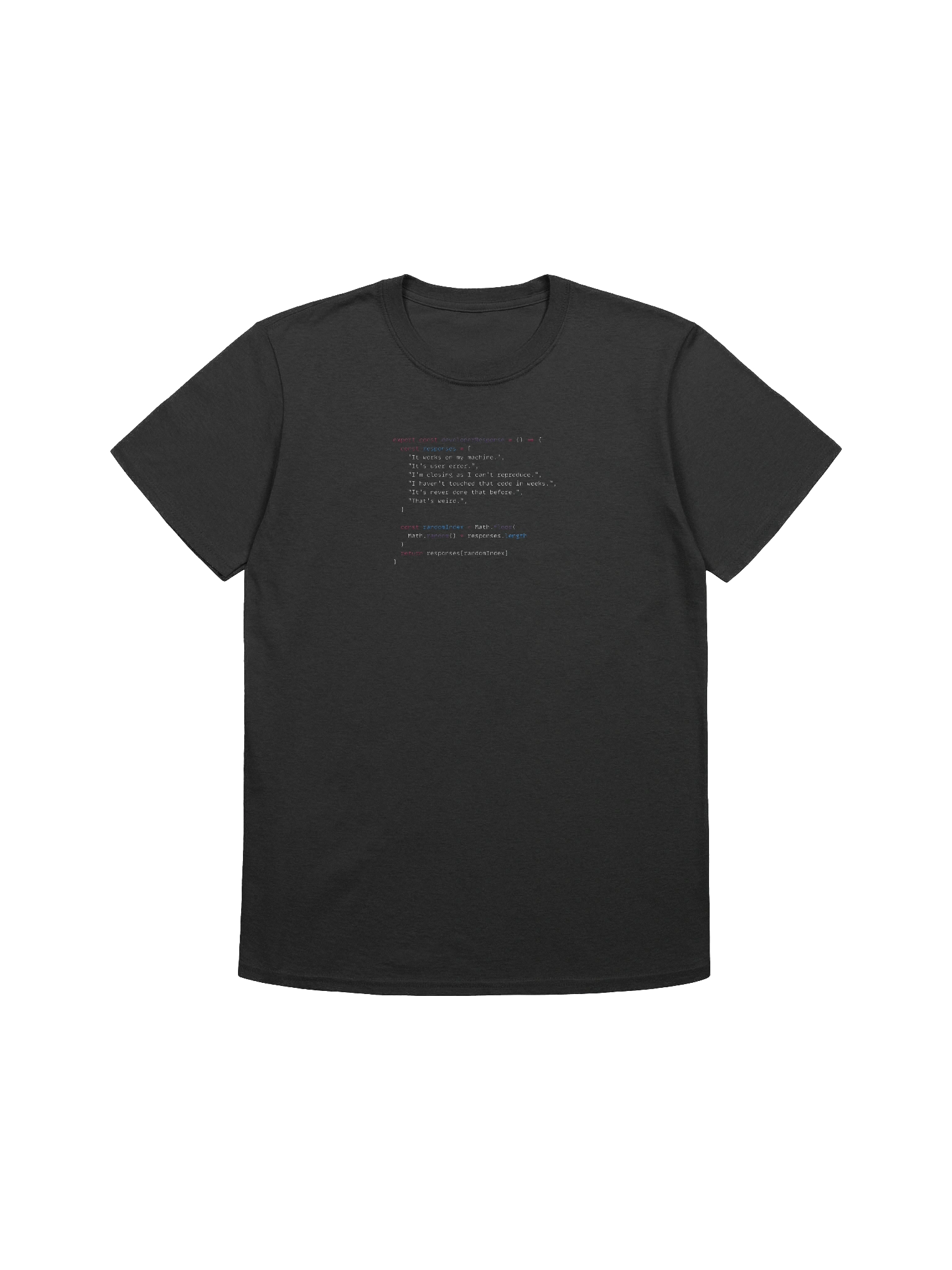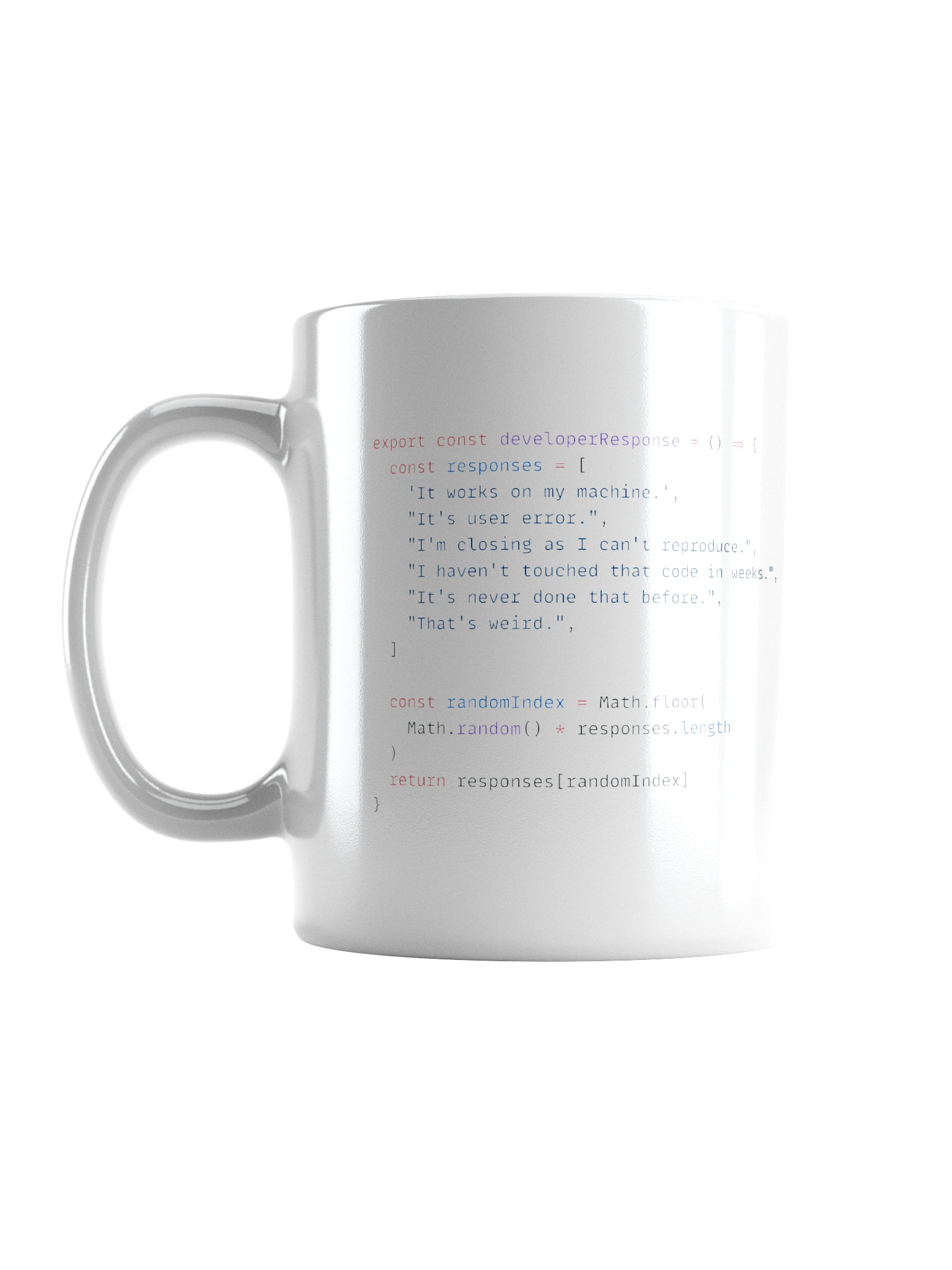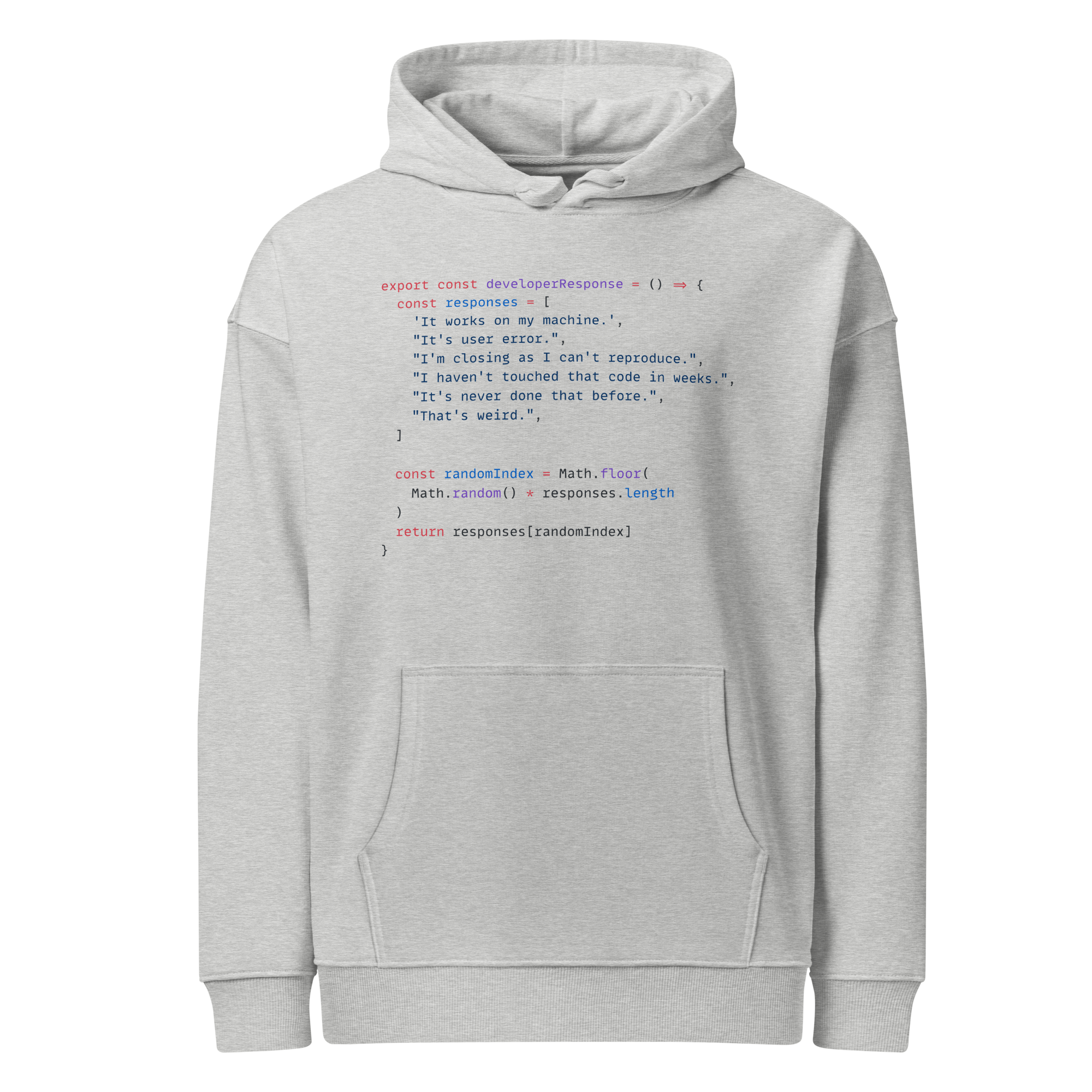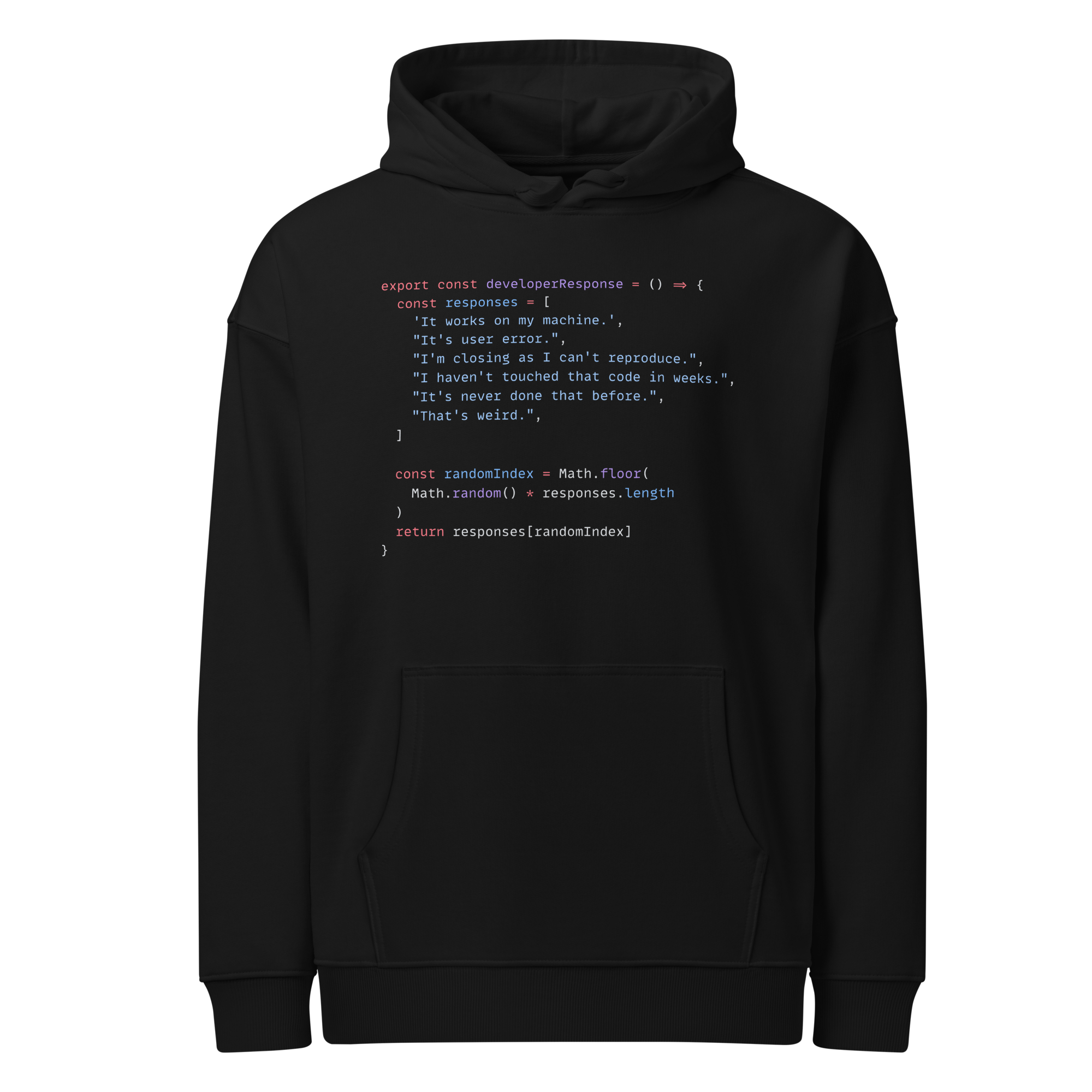What is Pandas, how to install and use
Pandas Basics
1 min read
This section is 1 min read, full guide is 30 min read
Published Sep 29 2025, updated Oct 24 2025
21
Show sections list
0
Log in to enable the "Like" button
0
Guide comments
0
Log in to enable the "Save" button
Respond to this guide
Guide Sections
Guide Comments
PandasPython
Jupyter Notebook Examples
Project on GitHub with example Jupyter Notebooks for each of the sections in this guide.
Affiliate link
Affiliate link - we may get a small commission on sales using this link
Effective Pandas 2: Opinionated Patterns for Data Manipulation by Matt Harrison
I recommend this book if you want to learn Pandas in much more detail and see what else Pandas has to offer that is out of scope of this quick start guide.
What is Pandas?
Pandas is a powerful, open-source Python library for data manipulation and analysis. It provides flexible, high-performance data structures like:
Series: A one-dimensional labeled array (like a list with labels).DataFrame: A two-dimensional table of data with rows and columns (like an Excel sheet or SQL table).
Pandas makes it easy to load, clean, analyse, and visualise data, and it’s widely used in data science, machine learning, and financial analysis.
Key Features
- Fast and efficient handling of tabular and time-series data.
- Tools for filtering, grouping, and aggregating data.
- Handling missing data and data type conversions.
- Reading/writing data from CSV, Excel, SQL, JSON, and more.
- Integration with NumPy, Matplotlib, and scikit-learn.
Installation
pip install pandas
Copy to Clipboard
After installation, the Pandas module can be included by:
import pandas as pd
Copy to Clipboard
By convention, it’s always imported as pd.
